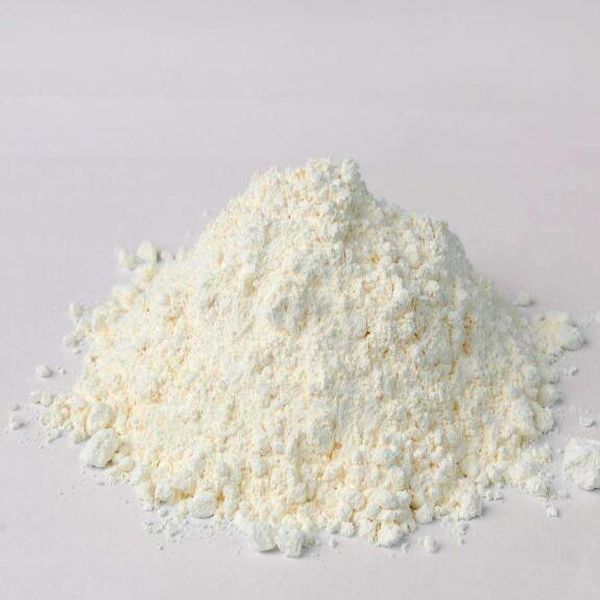The application of traditional insecticides in agriculture is still very large
Insecticides refer to chemical agents used to control pests. They are mainly used to control agricultural pests and urban health pests. Insecticides have played an extremely important role in increasing agricultural production and solving human food problems. The following are very efficient and broad-spectrum pesticides:
1. Trichlorfon (Anthranilic acid): High-efficiency, broad-spectrum organophosphate insecticide with stomach toxicity and contact killing. 90% of original crystal powder is commonly used. It is effective for controlling pests such as Diptera, Lepidoptera, Coleoptera, etc. It is mainly used to control pests of chewing mouthparts, but it has a poor effect on pests such as mites, aphids, and whitefly. Use 90% crystals and water 800-1500 times spray to control scale insects, poisonous moths, sting moths, sting moths, canopy caterpillars, moths, pine caterpillars, scarabs, weevil and other pests. When spraying stems and leaves, it is best to add 0.05% of neutral detergent powder to increase the wet spreading performance of stems and leaves and improve the efficacy.
2. Imidacloprid: Imidacloprid is an ultra-efficient nicotine insecticide. It has a broad spectrum, high efficiency, low toxicity, and low residue. It is not easy for pests to develop resistance, and has multiple effects such as contact killing, stomach toxicity and systemic absorption. After the insects come into contact with the medicament, the central nervous system’s normal conduction is blocked, which paralyzes and dies. The product is fast-acting, and has a high prevention effect within one day after the medicine, and the residual period is about 25 days.
3. Acetamiprid: Acetamiprid, a nicotine chloride compound, commonly known as acetamiprid in English, and its chemical name is N- (N-cyano-ethylimine) -N-methyl-2-chloro Pyridine-5-methylamine. Acetamiprid is a new type of insecticide. This product is a new type of broad-spectrum insecticide with certain acaricidal activity. Its action mode is soil and branch system insecticide. It is widely used in the control of rice, especially vegetables, fruit trees, tea aphids, planthoppers, thrips, and some lepidopteran pests.
4. Thiamethoxam: Thiamethoxam is a second-generation nicotine-based highly effective and low-toxicity insecticide with a new structure. It has stomach toxicity, contact killing and systemic activity against pests, and is used for foliar spraying and soil irrigation root treatment. . After being applied, it is quickly absorbed into the plant and transmitted to all parts of the plant, which has a good control effect on thorn-sucking pests such as aphids, planthoppers, leafhoppers, and whiteflies.

